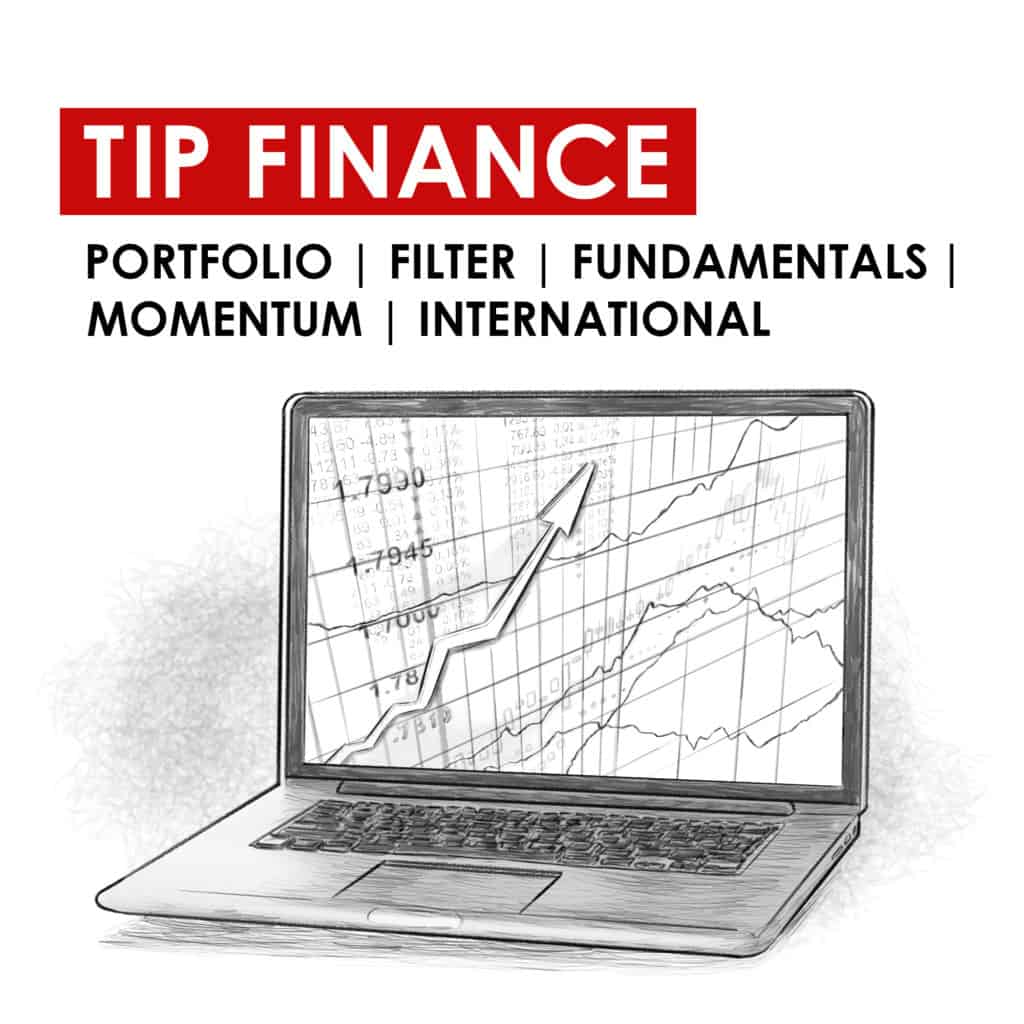I Like The Trend, But I’m Not Sure About The Company…
14 April 2021
Hey, The Investor’s Podcast Network Community!
It is a conglomerate software company made up of a portfolio of the world’s most well-known online dating brands. It has margins and free cash flow generation like a tech company, but it is not without risks.
It’s possible that it successfully doubles down on what works, gets better at converting free users into paying subscribers, acquires up and coming dating apps, adds new revenue-generating services, and benefits from the overall trend and growth in online dating.
However, it is also possible that investors realize its valuation is quite lofty, Bumble becomes more of a threat, new competitors hit the market and choose to not be acquired by it, users bounce from platform to platform due to no switching costs, fake profiles and issues with online dating get worse, and the free features of online dating sites continue to be “enough” for most users, making it difficult for further monetization.
I often talk about how I was so wrongly approaching value investing when I first got started.
I thought I was a value investor by strictly buying companies that looked “cheap” based on my DCF models. I assumed, if my DCF models said the stock was cheap, it was a buy, and therefore, I was buying an “undervalued company”.
I quickly learned this was not true value investing and that just because I input my assumptions into the DCF model, that didn’t mean they were right or that the market would agree with me.
Remember, that is purely quantitative and does not take into consideration the future of the business and its qualitative aspects. What I did wrong early in my investing career was exactly that — I did not look at non-financial aspects of the business, nor did I try to think logically about the future of the company and its industry.
Having learned from those experiences and growing as an investor over the past eight years, I now spend significant time considering the future prospects of a business and its industry.
With companies I analyzed previously as part of this newsletter, I was often more concerned about the industry-specific risks than I was with the company. In the case of this company, I am more concerned with the company-specific risks than I am with the industry.
When it comes to the online dating industry, I tend to believe the trend and move towards online dating will continue, and likely grow.
I’m interested and intrigued by a potential investment opportunity taking advantage of that trend.
However, I am not so confident that this company is going to be the clear winner here over the long-term.
I’m mainly worried about its current valuation. At a significantly lower price than it trades at today, with no deterioration in its business model or the industry’s future prospects, I might be interested in investing in it.
The other piece I consider when thinking about investing in this company is opportunity cost.
It is not enough to simply analyze a company in a vacuum and make an investment decision. Investors must compare their expected return of one investment to that of another option available. Your dollar can only be invested in one place at a time — choosing the optimal place for that dollar to be invested is equally as important, if not more important.
Lastly, along with the current valuation, I am looking at the current momentum of its stock. According to our TIP Finance Momentum tool, this company is currently red, meaning it has negative momentum. This tells me the stock may trend downwards in the near future and there may be a better buying price on the horizon. Momentum is no guarantee, but it can help investors avoid buying as a stock continues to fall.
Do the positive tailwinds from a strong industry trend make this company a buy, despite its potential risks? Will this company continue to have a monopoly over the industry? Is it undervalued at today’s price?
You can read the full Intrinsic Value Assessment for Match Group, Inc. here, and use our TIP Finance tool with its Intrinsic Value Calculator to quickly and easily derive a company’s intrinsic value — I use this calculator for all of my investment analyses.
P.S. We’re running a contest! Until the 25th of April, you can win a free copy of William Green’s book Richer, Wiser, Happier: How the World’s Greatest Investors Win in Markets and Life by sending your favorite story from the Berkshire Hathaway Annual Meeting to contact@theinvestorspodcast.com.

– – –
Sponsored by Yieldstreet:
Find opportunities to help diversify your portfolio with investments in alternative asset classes with minimums starting at $1,000.
These investments in asset classes like art, real estate, supply chain financing, and legal finance typically have low correlation with the stock market, and target annual yields up to 7% to 12%. Yieldstreet offers fund solutions allowing you to invest in multiple asset classes with just one investment.



